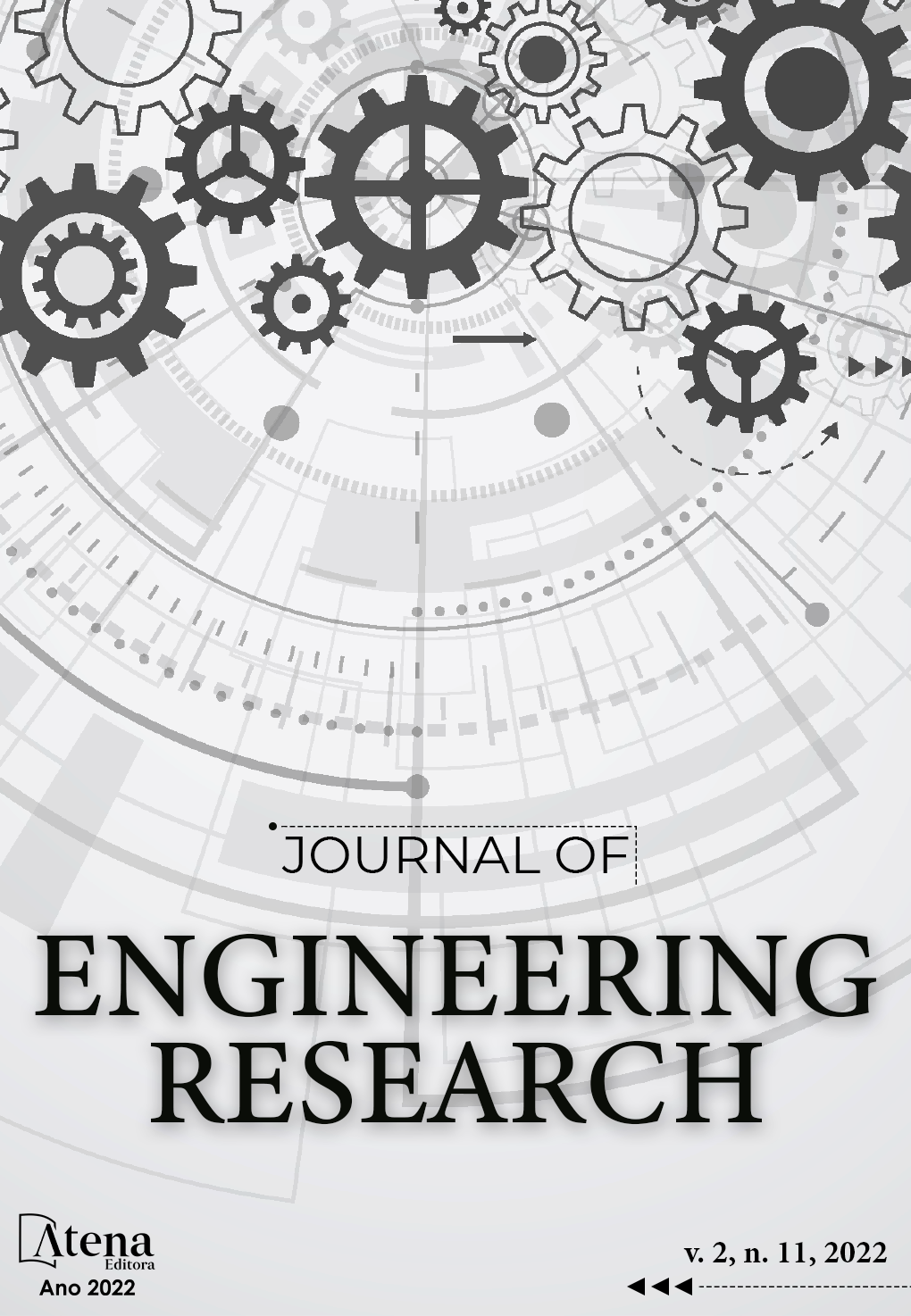
STATE OF THE ART OF THE USE OF MINING TAILINGS IN ROAD PAVEMENTS
Mining activities in Brazil play an important social and economic role in the country. Allied to this fact, mining produces a large number of tailings, which disposal is an economic and environmental challenge for mining companies. Mining residues are studied as an alternative source of materials for several applications, and among them, for the construction of pavements. This work presents the development of research related to the use of mining tailings in pavements. Works related to iron ore, bauxite, copper, and tungsten tailings were found. The iron ore tailings presented a greater number of publications and, consequently, a greater scope of explored themes, when compared to the others. Mining tailings were studied in asphalt mixtures, cement mixtures for rigid pavements and interlocking pavement blocks, and mixtures to compose the base, subbase, and subgrade reinforcement layers.
STATE OF THE ART OF THE USE OF MINING TAILINGS IN ROAD PAVEMENTS
-
DOI: 10.22533/at.ed.3172112224068
-
Palavras-chave: mining tailings; iron ore; pavement; alternative materials
-
Keywords: mining tailings; iron ore; pavement; alternative materials
-
Abstract:
Mining activities in Brazil play an important social and economic role in the country. Allied to this fact, mining produces a large number of tailings, which disposal is an economic and environmental challenge for mining companies. Mining residues are studied as an alternative source of materials for several applications, and among them, for the construction of pavements. This work presents the development of research related to the use of mining tailings in pavements. Works related to iron ore, bauxite, copper, and tungsten tailings were found. The iron ore tailings presented a greater number of publications and, consequently, a greater scope of explored themes, when compared to the others. Mining tailings were studied in asphalt mixtures, cement mixtures for rigid pavements and interlocking pavement blocks, and mixtures to compose the base, subbase, and subgrade reinforcement layers.
-
Número de páginas: 17
- Thomas Schatzmayr Welp Sá
- Vivian Karla Castelo Branco Louback Machado Balthar
- Romildo Dias Toledo Filho
- Sandra Oda


